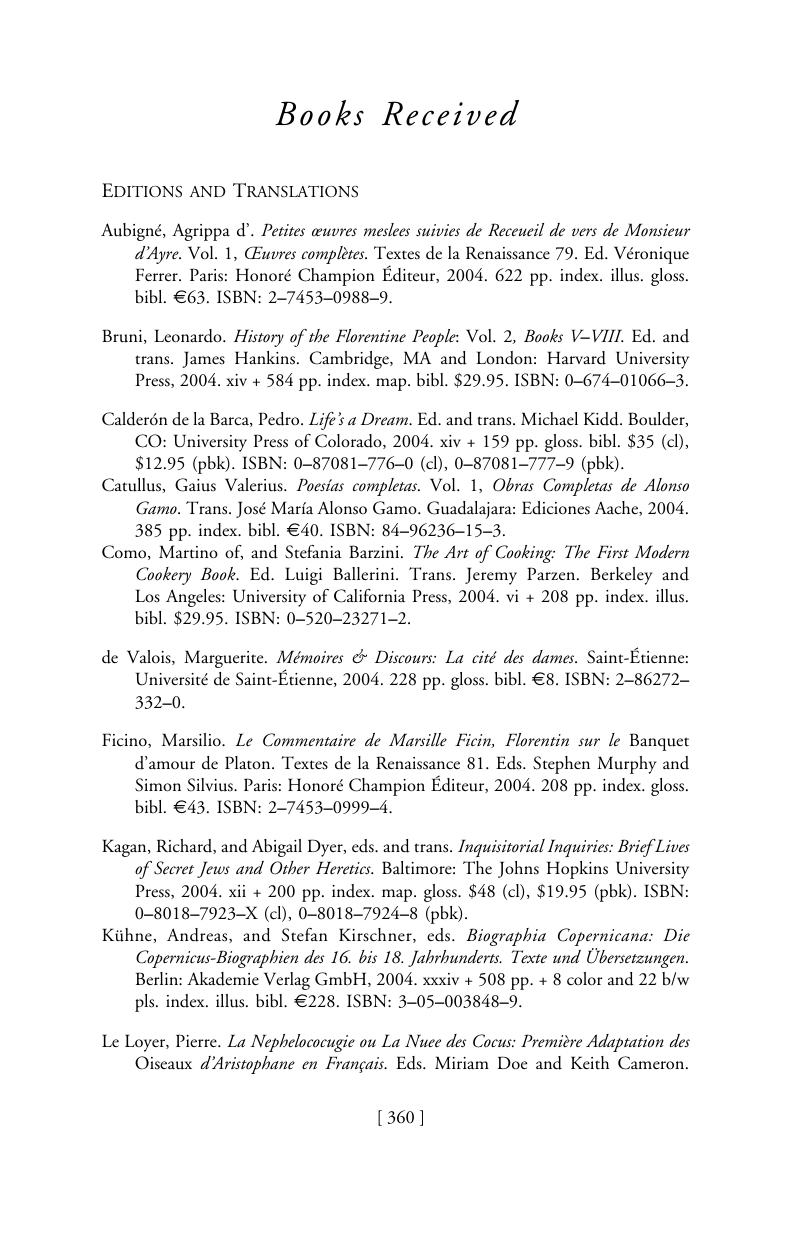Helen M., Ostovich, and,
Sauer, Elizabeth M., eds.
Reading Early Modern Women: An Anthology of Texts in
Manuscript and Print, 1550-1700.
New York and
London:
Routledge,
2004. xxiv + 520 pp. index. illus. bibl. $31.95. ISBN:
0-415-96646-9.
Includes: Lena Cowen Orlin, “The Deposition of Margaret
Christmas, ‘Suttill
contra Suttill,’ Canterbury Consistory
Court Deposition Book (1589-92)”; Nely Keinanen, “Elizabeth I, ‘Her
Majesties most Princelie answere’ (1601)”; Randall Martin, “Elizabeth
Caldwell, Letter from Prison”; Catherine Loomis, “Woodcut of the Execution
of Elizabeth Abbott”; Loreen L. Giese, “The Evidence against Joane Waters,
the Deposition of George Ireland, London Consistory Court (1609/10)”; Mary
Blackstone, “The Star Chamber Deposition of Lady Elizabeth Vaux (1622)”;
Martin Ingram, “The Information of Mary Hall, Westminster Sessions Roll
(1626)”; Doreen Evenden, “The Original Will of Elizabeth Whipp, Midwife
(1645/6)”; Laura Gowing, “The Examination of Anne Peace, Yorkshire Sessions
(1659)”; Philip D. Collington, “Leticia Wigington”; Linda Vecchi, “Jane
Anger,
Jane Anger Her Protection for Women (1589)”; Matthew
Steggle, “Ester Sowernam,
Ester hath hang’d Haman (1617)”;
“Constantia Munda,
The Worming of a madde Dogge (1617)”;
Christina Luckyj, “Rachel Speght, “To the Reader,”
A Mouzell for
Melastomus (1617)”; “Rachel Speght,
A Mouzell for
Melastomus (1617)”; Linda Vecchi, “Isabella Whitney,
A
Sweet Nosgay, or Pleasant Posye, with ‘Wyll and Testament’
(1573)”; Caroline Bowden, “Rachael Fane, Page of her School Notebook (c.
1628)”; Jennifer L. Anderssen, “Anna Maria van Schurman,
The Learned
Maid; or, Whether a Maid may be a Scholar?”; Sylvia Bowerbank,
“Margaret Cavendish, Marchioness of Newcastle,
The Worlds
Olio (1655) and
Philosophical and Physical
Opinions (1655)”; Robert C. Evans, “Anonymous, ‘Verses made by a
Maid under 14’ (c.1657-8)”; Mark Houlahan, “Bathsua Makin,
An Essay
to Revive the Antient Education of Gentlewomen (1673)”; Margaret
Ezell, “Mary More, ‘The Womans Right’ (c. 1680)”; Heather Campbell, “Mary
Astell,
A Serious Proposal to the Ladies (1694)”; Anne
Kelley, “Catherine Trotter (Cockburn), ‘To the Excellent Mr. Lock,
A
Defence of the Essay of Human Understanding (1702)”; Linda
Vecchi, “Isabella Whitney, ‘A Modest Meane for Maids’ (1573)”; Roxanne
Harde, “Elizabeth Grymeston,
Miscelanea. Prayers. Meditations.
Memoratives. (1604)”; “Dorothy Leigh,
The Mothers
Blessing (1618)”; Marjorie Rubright, “Elizabeth (Knyvet)
Clinton, Countess of Lincoln,
The Countesse of Lincolnes
Nurserie (1622)”; Jean Ledrew Metcalfe, “Elizabeth Joscelin,
‘The Mothers Legacy to her Unborn Childe’ (1622)”; and Roxanne Harde, “M.
R.,
The Mothers Counsell or, Live within Compasse. Being the Last
Will and Testament to her dearest Daughter (c.
1630).”
Google Scholar 